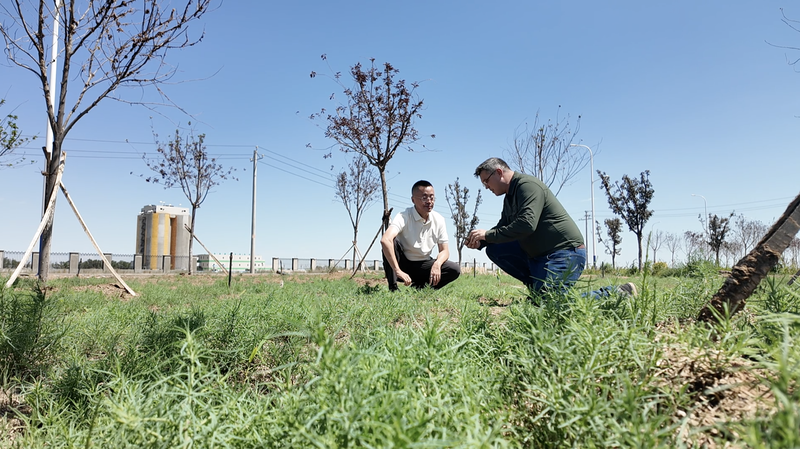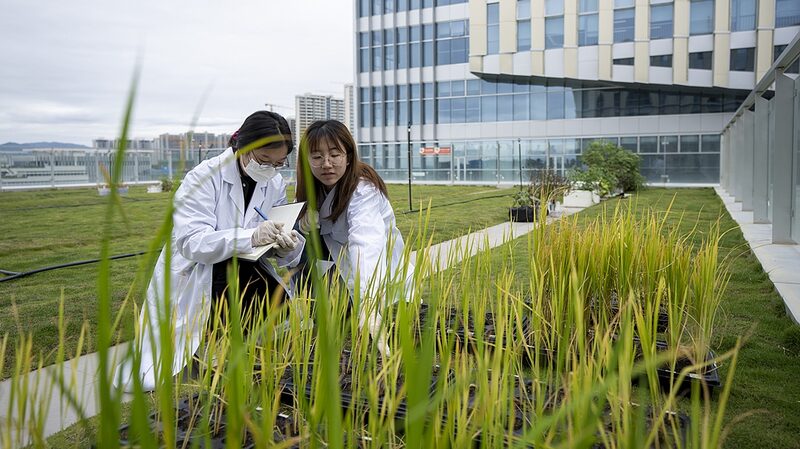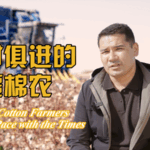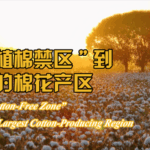In the sun-drenched fields of the Xinjiang Uygur Autonomous Region, a quiet revolution is unfolding. Drones soar above cotton crops, autonomous vehicles navigate rows of plants, and robots analyze data to optimize yields. This fusion of technology and agriculture is reshaping one of China's most vital industries while advancing the United Nations' Sustainable Development Goals (SDGs).
Xinjiang, producing over 90% of China's cotton, has embraced cutting-edge innovations to enhance efficiency and sustainability. At the Western Agricultural Research Center, scientists deploy phenomics robots—a breakthrough tool—to collect precise data on cotton growth, accelerating breeding programs for drought-resistant strains. Meanwhile, drone-assisted field patrols monitor crop health in real time, reducing water and pesticide use.
Beyond farming, companies like Xinjiang Xuze Biotechnology Co., Ltd. are tackling environmental challenges. Their steam explosion technology converts cotton stalks into fibrous material used to combat desertification, turning agricultural waste into ecological solutions. "This circular approach aligns with global sustainability targets," a researcher noted.
These advancements underscore China's push to modernize traditional industries through innovation. For investors, Xinjiang's tech-driven cotton sector offers insights into Asia's evolving agribusiness landscape. Academics highlight its implications for climate resilience, while diaspora communities witness home-region progress bridging tradition and modernity.
As global demand for sustainable textiles grows, Xinjiang's model demonstrates how technology can harmonize economic growth with ecological stewardship—a narrative resonating across Asia's development journey.
Reference(s):
UN@80: How tech is revolutionizing Xinjiang's cotton industry
cgtn.com







